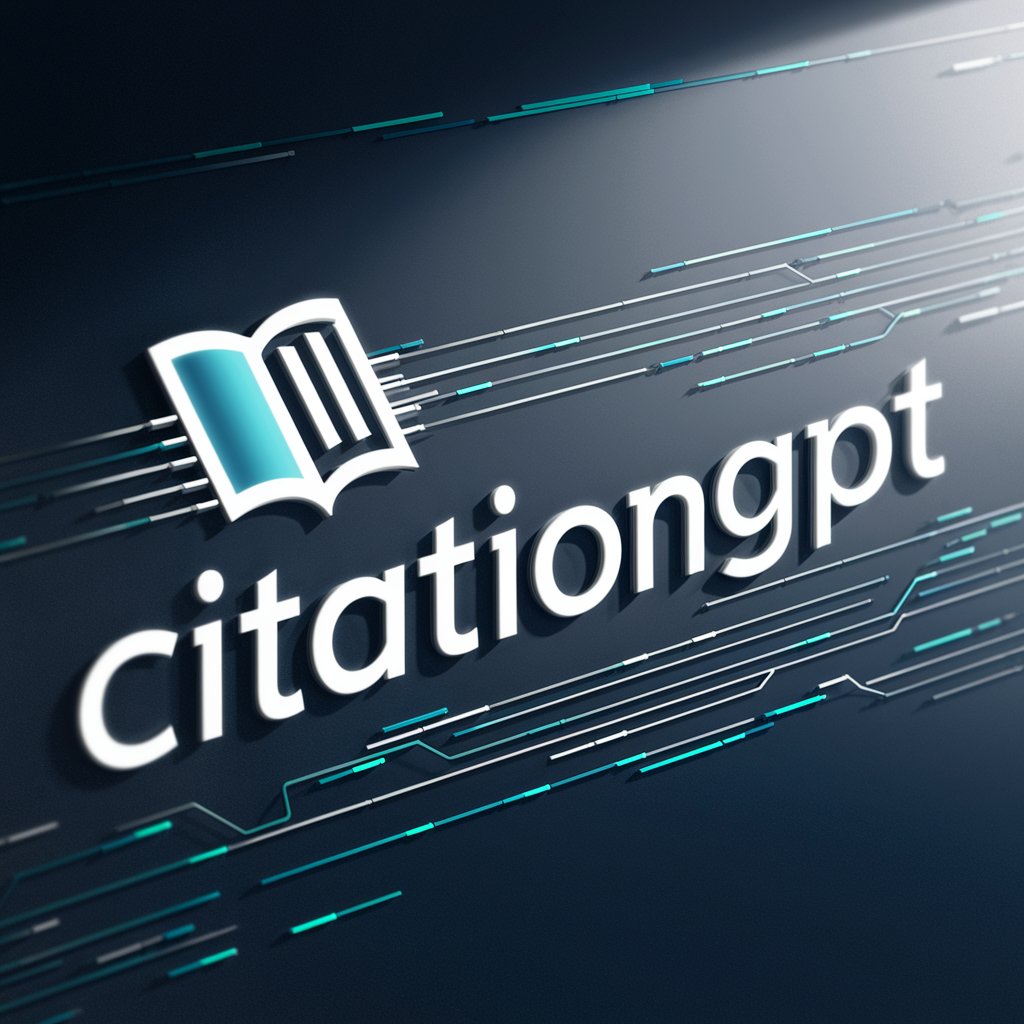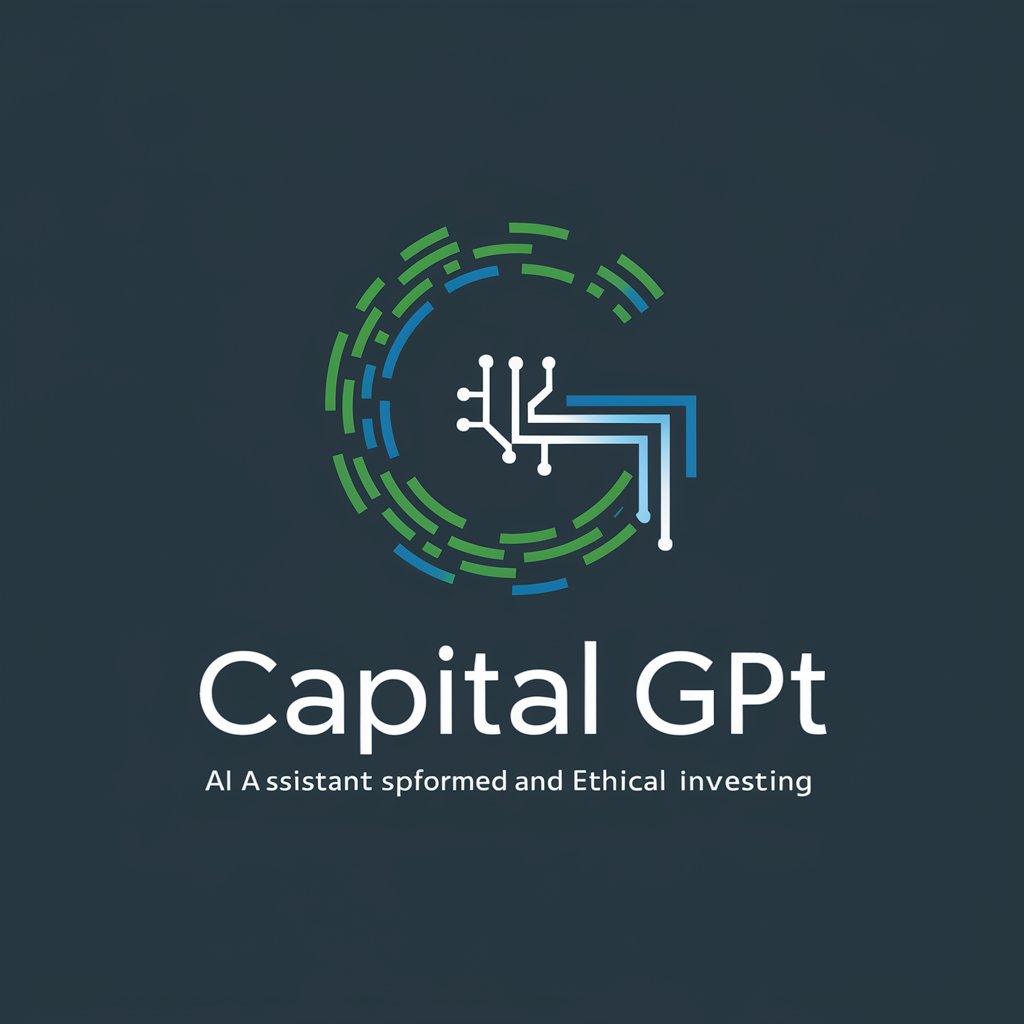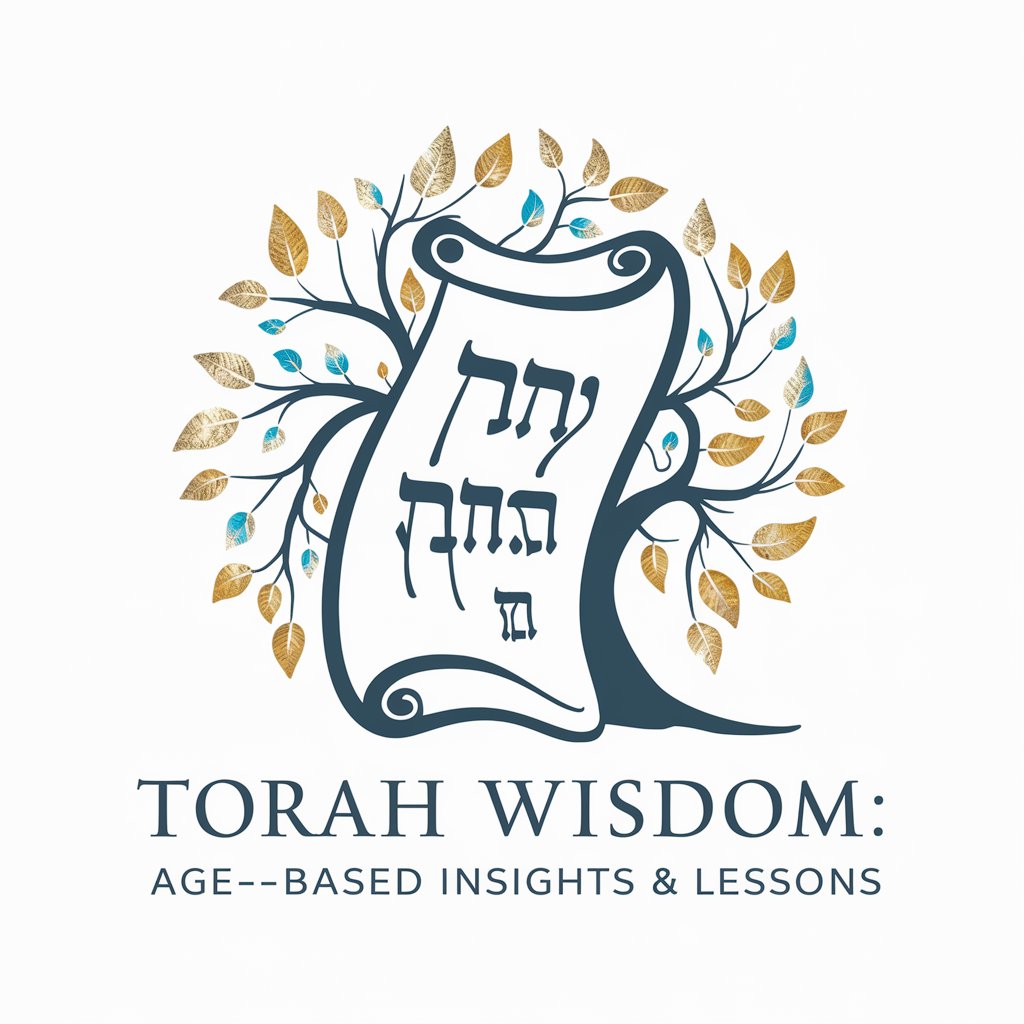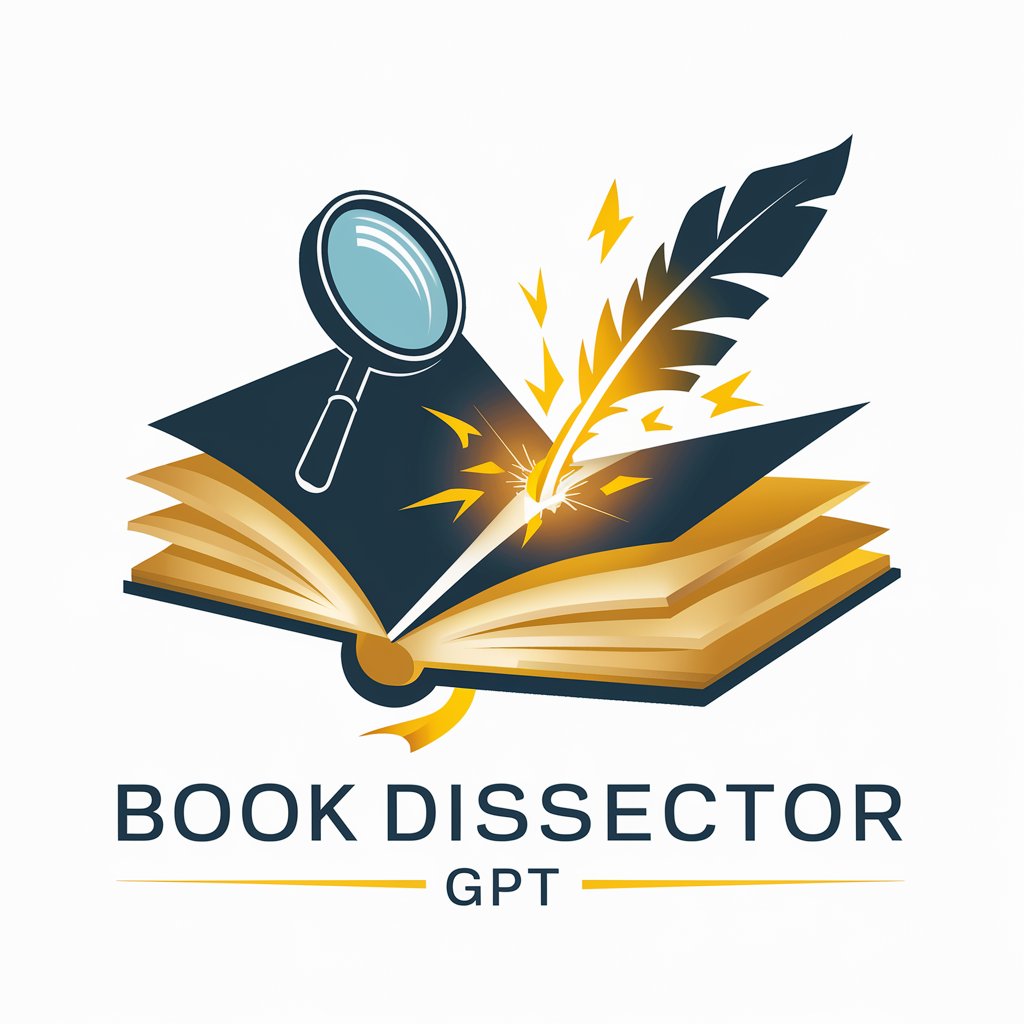
Close Reading GPT - In-Depth Text Analysis
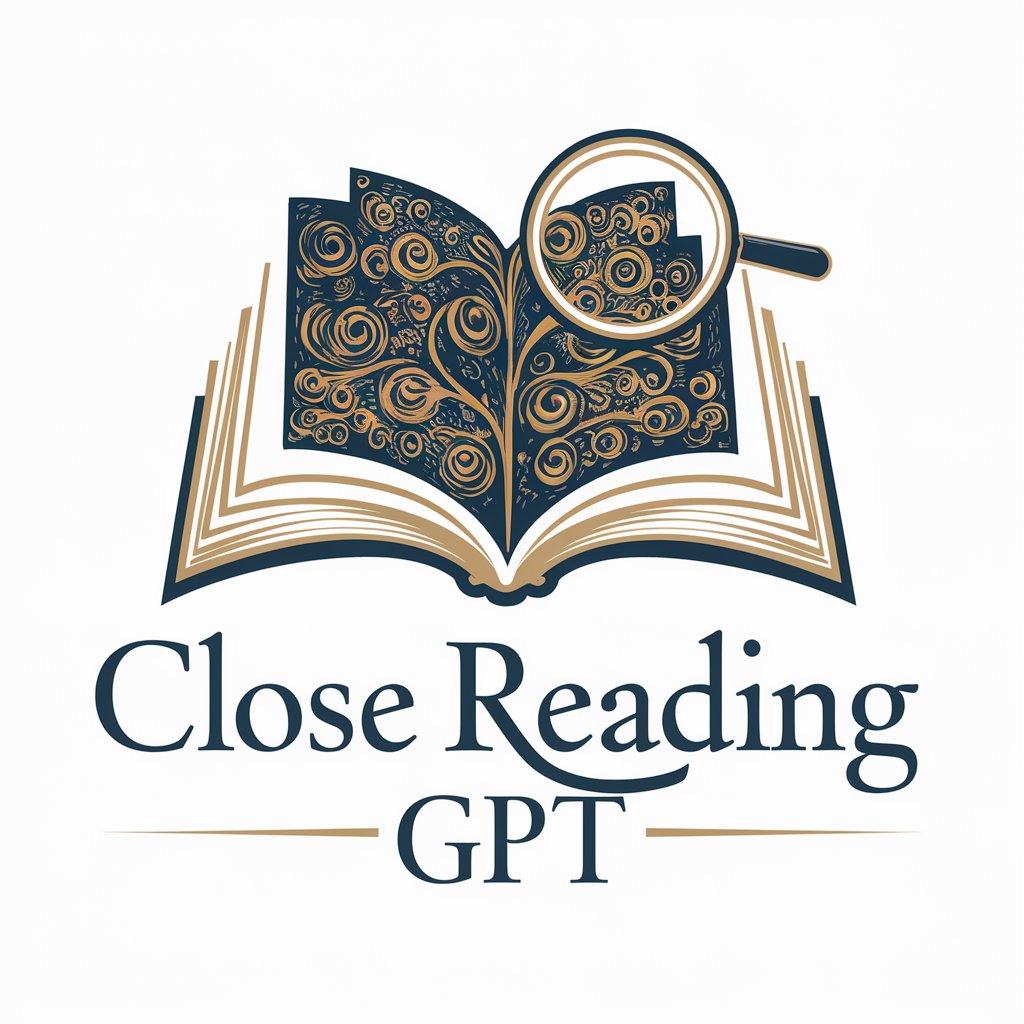
Welcome to Close Reading GPT! How can I assist with your literary analysis today?
Unlock Texts with AI-Powered Analysis
Analyze the themes in this passage from [book/poem/speech]:
What literary devices are used in the following text?
How does the character development unfold in this excerpt?
Discuss the tone and mood of this segment from [author's] work:
Get Embed Code
Understanding Close Reading GPT
Close Reading GPT is designed to assist users in the deep, analytical examination of texts, offering insights into both the content and the form of written materials. Its core purpose is to facilitate a detailed and nuanced understanding of texts through the application of literary criticism techniques, primarily focusing on the method known as 'close reading'. This approach emphasizes the importance of paying close attention to individual words, syntax, sentence structure, and the overall formal attributes of a text to uncover deeper meanings and interpretations. An example scenario illustrating its application could be analyzing a poem to understand the interplay between its form and content, such as examining the use of meter, rhyme, and imagery to explore themes of love and loss. Powered by ChatGPT-4o。

Main Functions of Close Reading GPT
Text Analysis
Example
Examining 'The Road Not Taken' by Robert Frost to identify themes of choice and regret.
Scenario
A literature student uses Close Reading GPT to dissect the poem's structure, word choice, and use of imagery to understand how these elements contribute to its overarching themes.
Vocabulary Aid
Example
Clarifying the meaning of 'sylvan' in John Keats's 'Ode to a Nightingale'.
Scenario
An English language learner engages with Close Reading GPT to explore the poem's lexicon, enhancing comprehension and appreciation of the text.
Annotation and Note-Taking
Example
Annotating a passage from 'Moby-Dick' to explore Melville's use of biblical allusions.
Scenario
A book club member uses Close Reading GPT to annotate key passages and share insights with the group, fostering a deeper discussion about the novel's themes.
Discussion Prompts
Example
Generating questions for a classroom debate on the symbolism in 'The Great Gatsby'.
Scenario
A teacher employs Close Reading GPT to create engaging and thought-provoking discussion prompts, encouraging students to critically engage with the text and each other.
Ideal Users of Close Reading GPT Services
Literature Students
Students studying literature can use Close Reading GPT to analyze texts, understand complex literary devices, and prepare for exams or essays. The tool's ability to break down and elucidate themes, motifs, and symbols is particularly beneficial for enhancing their academic studies and fostering a deeper appreciation of literary works.
Educators and Teachers
Educators can leverage Close Reading GPT to develop lesson plans, create discussion prompts, and guide students in the analysis of texts. This tool can serve as an invaluable resource in enhancing classroom discussions and encouraging critical thinking skills among students.
Book Clubs and Reading Groups
Members of book clubs and reading groups can use Close Reading GPT to gain new insights into their current reads, formulate discussion questions, and enrich their group discussions. The tool's ability to provide detailed analyses helps stimulate meaningful conversations and deepen members' understanding of the texts.
Writers and Researchers
Writers and researchers focusing on literary criticism or preparing scholarly articles can utilize Close Reading GPT to analyze texts meticulously, identify nuanced interpretations, and support their arguments with detailed textual evidence. This function is especially useful for those looking to explore the intricacies of language and style in literature.

How to Use Close Reading GPT
Start Your Experience
Visit yeschat.ai for a free trial, no login or ChatGPT Plus subscription required.
Select Text for Analysis
Provide a passage from any written material you're interested in analyzing, such as a book, poem, or speech segment.
Define Analysis Focus
Specify what aspects of the text you'd like to explore, including themes, literary devices, tone, or character development.
Engage with Insights
Review the detailed analysis provided, which includes interpretations, vocabulary assistance, and contextual information.
Further Exploration
Utilize generated discussion prompts and questions for deeper engagement or educational purposes.
Try other advanced and practical GPTs
Open House Expert
Discover Your Dream Home with AI

JohnOliver - Episode Maker
Crafting satire with AI's wit.

Prompt Ninja: Sous Chef
Empower Your Cooking with AI

Chrono Master en Español
Journey through history with AI
Mahmoud Mohammed Taha
Exploring Revolutionary Ideas with AI

SEO Backlink Builder
Elevate SEO with AI-powered Backlinks

Feynman Learner
Empower Your Understanding with AI

Brighton My Day
Brightening your day with AI-powered conversations.

Test Marker GPT
Streamline grading with AI efficiency

EduMentor AI
Empowering learning with AI-powered tutoring

Shadow Enlightenment
Empowering mindfulness with AI wisdom.

Grammar advisor
Elevate Your Writing with AI

Close Reading GPT Q&A
What is Close Reading GPT?
Close Reading GPT is an AI-powered tool designed for detailed analysis of texts, focusing on aspects like themes, literary devices, and tone. It provides insights, interpretations, and contextual information to enrich understanding of any written material.
Can Close Reading GPT help with academic research?
Yes, it's particularly useful for academic research, offering detailed analyses of texts, assistance with interpreting complex passages, and linking to academic resources for extended study.
How can educators use Close Reading GPT?
Educators can use it to generate discussion questions, create customizable reading plans for students, and facilitate deeper textual engagement and analysis in the classroom.
Does Close Reading GPT support non-English texts?
While primarily designed for English texts, Close Reading GPT can analyze texts in other languages provided the user can supply translations or context for accurate interpretation.
How does Close Reading GPT differ from standard search or text analysis tools?
Close Reading GPT focuses on deep textual analysis, leveraging AI to offer nuanced interpretations, vocabulary aid, and contextual insights rather than simply searching for information or providing surface-level text analytics.


